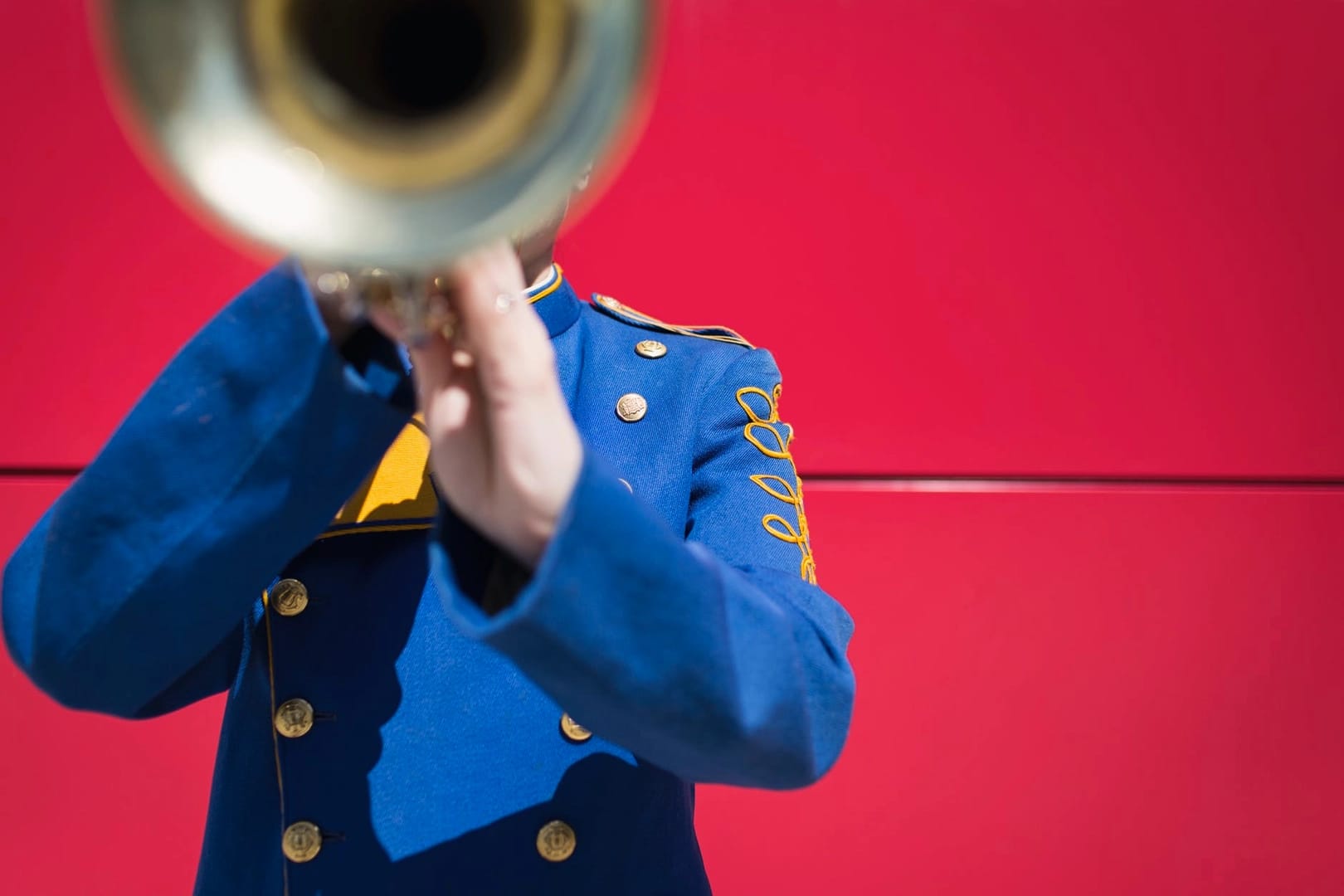
KUSC’s Alan Chapman has a lot to say about music, but can he say it in 60 seconds? That’s the Chapman Challenge. We ask a question and Alan has a minute to answer it.
Today’s question is: What is a rondo?
Hit play below to listen to this week’s Chapman Challenge on Arts Alive.
The rondo is a musical form. It’s a very likely choice for the last movement of a concerto, and a very popular choice for the last movement of a symphony, a piano sonata, or a chamber work like a string quartet. And it’s a pleasing musical form because of the way it’s constructed. It begins with a section called a refrain. This is the opening of the rondo from Mozart’s Fourth Horn Concerto.
This refrain will typically show up three or four times and its appearances will be separated by contrasting musical material. And part of the pleasure of hearing a rondo is anticipating the return of the refrain. In this concerto, Mozart gives us a musical signal that it’s on the way.
But a composer can also sneak in the refrain without warning, or drop some hints that it’s imminent and then hold off. And this unpredictable element adds to the fun of listening to a rondo.
That’s today’s Chapman Challenge. Is there a question you’d like to have answered in 60 seconds? Send it to us at [email protected].







